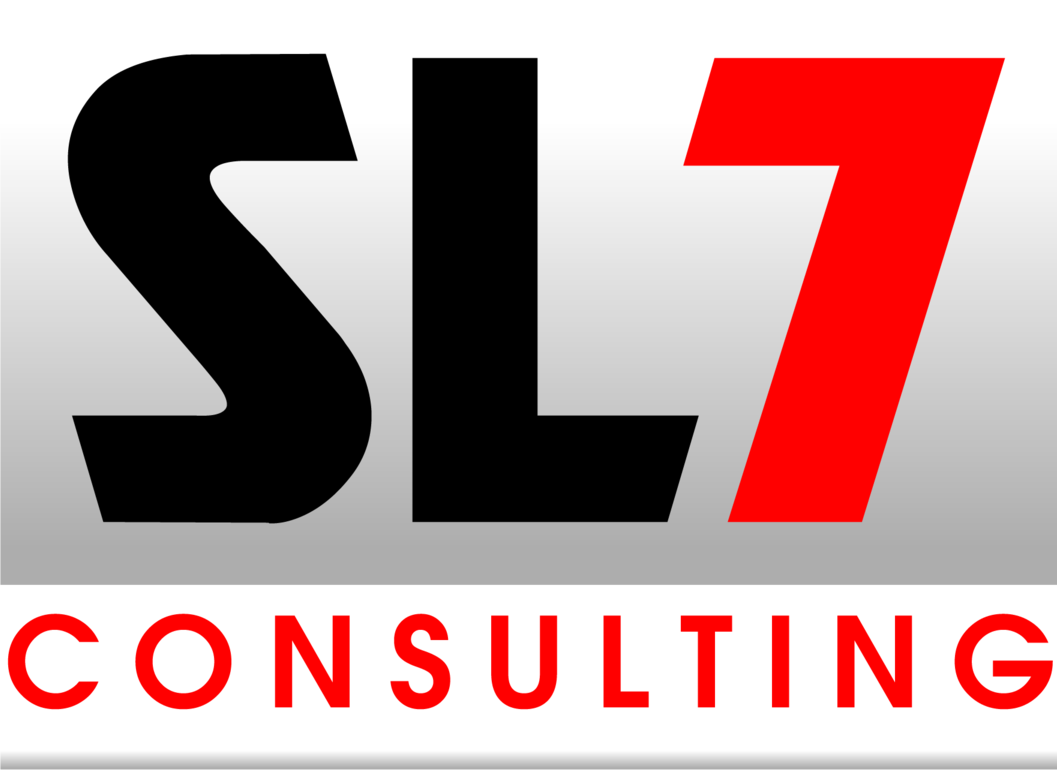However, they do share some common ground that is worth noting in underwriting any community outreach campaign to build consensus and mitigate the risks of local resistance:
Here Are A Few Tips:
- Interest in Community Welfare: Both parties typically claim to have the best interests of the community at heart, albeit with different interpretations of what that entails. Developers may argue that their projects will bring economic growth and improve local infrastructure, while NIMBY opponents may argue that such projects could harm the environment or disrupt the character of the neighborhood.
- Concern for Property Values: Both developers and NIMBY opponents are often motivated by concerns about property values, although in different ways. Developers may seek to increase property values through their projects, while NIMBY opponents may fear that certain developments could decrease property values or negatively impact their quality of life.
- Engagement in the Planning Process: Both parties are typically involved in the planning process for new developments, albeit from opposing perspectives. Developers work to obtain permits and approvals for their projects, while NIMBY opponents may participate in public hearings, advocacy campaigns, and legal challenges to try to prevent or modify proposed developments.
- Desire for Community Input: Despite their differences, both developers and NIMBY opponents often advocate for increased community input in the planning and decision-making process. Developers may hold community open houses and solicit feedback on their proposals, while NIMBY opponents may push for greater transparency and opportunities for community members to voice their concerns.
- Focus on Local Issues: Both parties tend to focus on local issues related to land use, zoning regulations, and neighborhood development. Developers seek to maximize the potential of their properties within existing regulations, while NIMBY opponents may advocate for stricter zoning laws or other measures to limit certain types of development in their neighborhoods.
While developers and NIMBY opponents may often clash over specific development projects, they also share common ground in their concern for community welfare, property values, engagement in the planning process, desire for community input, and focus on local issues.
A smart developer will know what they have in common with local neighbors and what potential arguments will be used to oppose them. The X-factor is the developer is the outsider who must initiate good faith efforts to build consensus and mitigate differences before the application becomes a political football – especially during an election cycle.
Although NIMBY activism has reached new levels of impact due to digital and social media platforms, a smart developer who accounts for the common ground and the potential differences can engage the public square from the strategic high ground; leveraging effective credibility and persuasive narratives that educate key stakeholders on the merits of any good sustainable real estate project regardless of industry and sector.

By being proactive, engaging with stakeholders, and presenting a compelling case for your project, you can increase the likelihood of success at public hearings, even in the face of coordinated opposition.
For more information on how to get your controversial project across the finish line, you can go to www.PatrickSlevin.com. Book a call with Patrick Slevin today.
